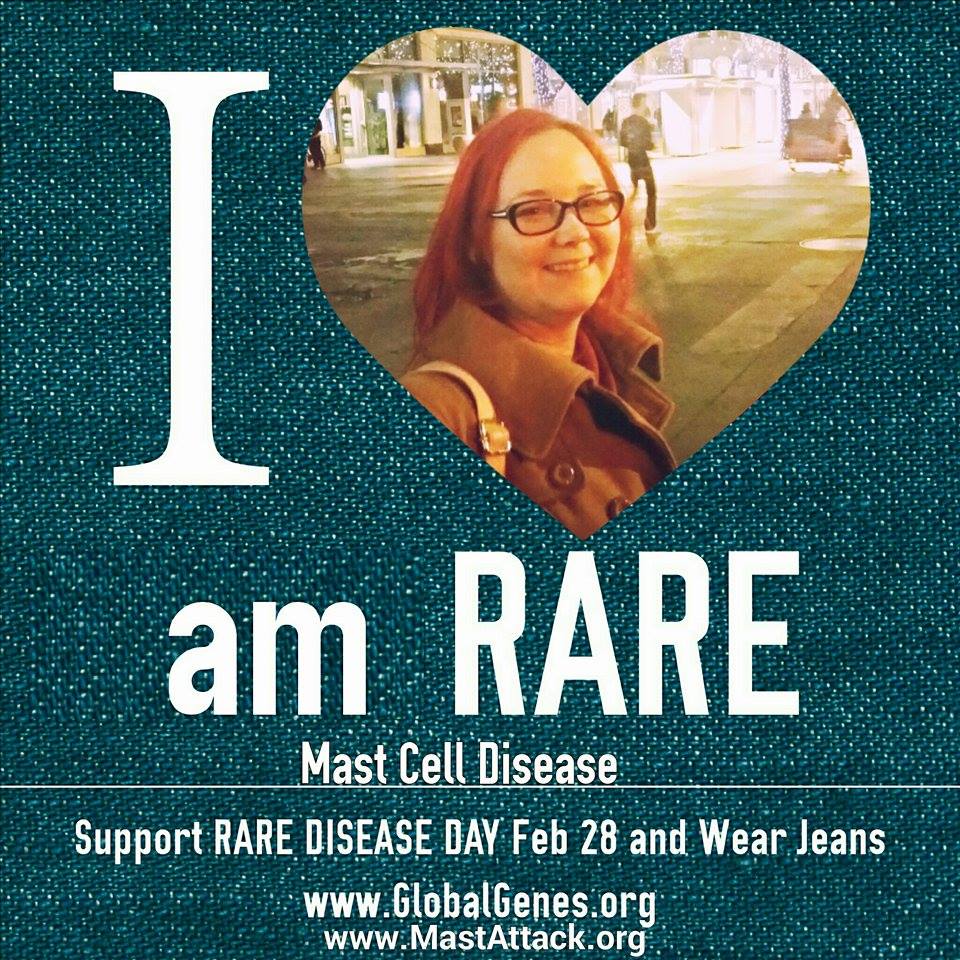Chronic urticaria and angioedema: Part 1
Urticaria is the medical term for what we commonly call hives. It is often caused by an allergic process, but can occur for other reasons. Angioedema is swelling affecting the dermis, subcutaneous tissue, mucosa and submucosal tissues. Angioedema can be dangerous, particularly when the airway is obstructed by swelling.
Notably, the two conditions are closely related and are distinguished by the tissues affected. Urticaria is affects only the upper dermis. In this way, angioedema is sometimes considered a form of “inside hives”. These symptoms can occur as a result of allergy but also occur for other reasons.
Urticaria and angioedema are considered acute if they last for less than six weeks and chronic if they last for six weeks or more. Acute urticaria and angioedema are most often, but not always, the result of mast cell and basophil activation by both IgE and non-IgE mechanisms. Activation by complement fragments, antibody binding complexes, cytokines and blood pressure changes can contribute. Importantly, acute urticaria and angioedema usually have an obvious trigger and resolve on their own. Antihistamines and brief courses of steroids are generally used to manage symptoms.
Chronic urticaria usually does not an identifiable cause. The duration of CU (chronic urticaria and angioedema) varies, but physical urticarias are more likely to be long lasting. It is thought that CU affects 0.5-5% of the population. CU patients can have urticaria and angioedema, either alone or together. In these patients, cutaneous mast cells are the driving force and histamine is the most important mediator in these processes.
When biopsied, CU lesions often reveal infiltrates of lymphocytes, but sometimes other cells are present in infiltrates. In CU patients, the clotting cascade is sometimes activated, resulting in increased prothrombin fragments F1 and 2, and D-dimer. These have been suggested as markers of CU, but have not been verified.
CU is only rarely an IgE mediated reaction and is instead associated with a number of chronic conditions. Chronic infections like hepatitis B and C, EBV, HSV, helminthic parasites and H. pylori have been found to cause CU. Complement deficiencies, cryoglobulinemia, serum sickness, connective tissue disease, lupus, rheumatoid arthritis, thyroid disease (both hypo- and hyper-), neoplasms (such as SM), endocrine disorders and use of oral contraceptives are all linked to CU.
Autoimmune diseases are so frequently associated with CU that these patients are subclassified as having autoantibody associated urticaria. Autoantibody associated urticaria and angioedema, linked to thyroid antibodies, anti-IgE antibodies and anti-IgE receptor antibodies, is a subset of chronic idiopathic urticaria. Lupus, dermatomyositis, polymyositis, Sjogren’s and Still’s disease are all associated with CU. Celiac disease has been linked as well.
30-50% of CU patients make IgG antibodies to the IgE receptor and 5-10% make IgG to the IgE molecule. This often does not correlate with skin tests with the patient’s own serum or plasma (ASST, APST) and these tests are not known to affect treatment or identify a specific subgroup of patients. The importance of these IgG antibodies is not clear. Some consider these patients to be more severe, but it is not yet fully understood.
References:
Jonathan A. Bernstein, et al. The diagnosis and management of acute and chronic urticaria: 2014 update. J Allergy Clin Immunol Volume 133, Number 5.
Usmani N,Wilkinson SM. Allergic skin disease: investigation of both immediate and delayed-type hypersensitivity is essential. Clin Exp Allergy 2007;37:1541-6.
Zuberbier T, Maurer M. Urticaria: current opinions about etiology, diagnosis and therapy. Acta Derm Venereol 2007;87:196-205.
